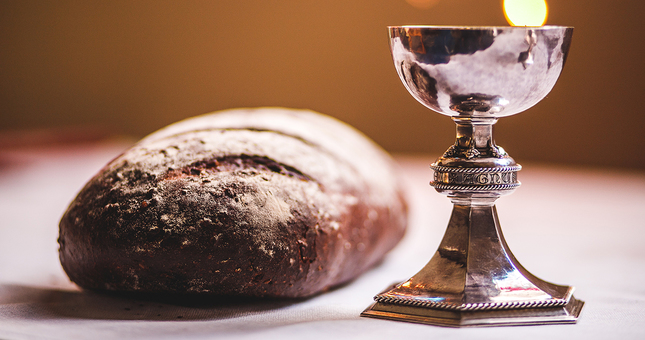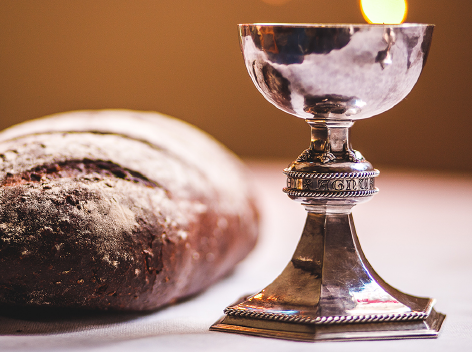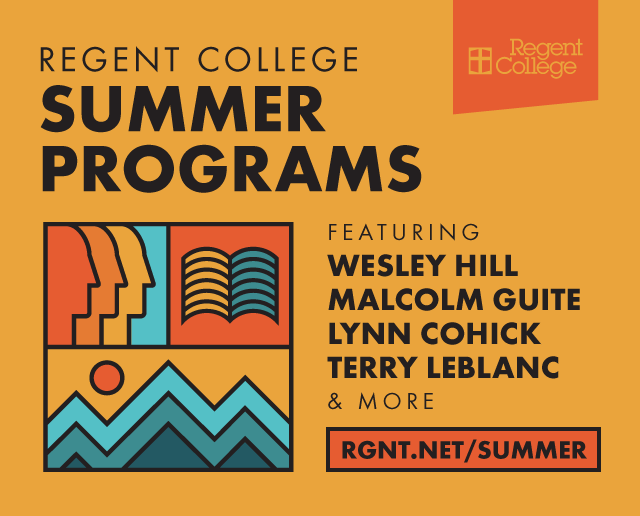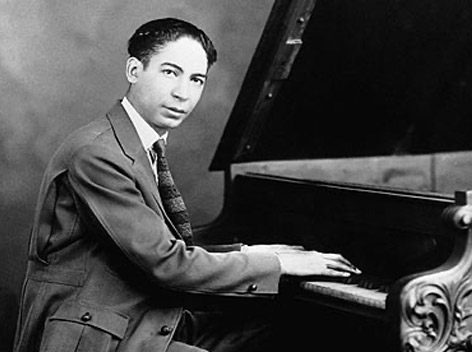
Three Bodies United in One: A Holistic Theology of the Body
Why a theology of the body always begins with Christ.
Jesus only revealed one strategy for his mission to the world: the witness of his people in union with him and therefore in a unity with each other that mirrors the unity of the Godhead (John 17:21). However, this raises critical questions: How do we, including our bodies, belong in Christ? And how do we belong to each other? If Christ wants his followers to embody union in him, our interdenominational relations must reflect our shared belonging in Christ. This in turn will impact how we view our very selves. Therefore, a robust theology of the body impacts every corner of our life—our ecclesiology, our relationships, our identity—and ultimately finds its fulfillment in Christ himself.
As we mature in Christ, many of us react against our denominational roots, sometimes with very good reason, perhaps outgrowing a group’s exclusivism or changing our views on baptism or church polity. Our lived experience inevitably shapes our theology, influencing what we can affirm, articulate, and reject. When we do settle down and form some roots, it is crucial that we are not in reaction to our denominational beginnings, but can appreciate the good in them. All too often, we react in a way that loses an integral openness to the whole people of God, creating unhelpful fractions in a body meant to be united in its differences. Loyalty and engagement in a denomination should evoke a felt tension between healthy rootedness, on the one hand, and, on the other, an ecumenical openness to all traditions within the orthodoxy characterized by the historic creeds. This is integral to embodying Christ’s desired witness of union. Thankfully, as Mark Glanville observes, the harsh “postures of denominational exceptionalism,” which “run counter to the missionary impulse of Christ’s body,” are now mercifully rare within evangelicalism.[1] This is no small mercy, for it means we are better aligned with Christ’s desire for unity in diversity for his ecclesial body. In this, we are a better witness of our true identity: a body united in Christ.
Unity and the Lord’s Supper: “we, who are many, are one body.”
Christ’s desire for unity is best embodied in the Supper he instituted. We discern this from Paul’s most theological treatment of the Eucharist in 1 Corinthians 10:16–17. Paul writes: “Is not the cup of thanksgiving for which we give thanks a participation in the blood of Christ? And is not the bread that we break a participation in the body of Christ? Because there is one loaf, we, who are many, are one body, for we all share the one loaf.”
There are three remarkable allusions to the “body” in this passage. Read collectively, this verse reveals a holistic theology of three bodies—material, physical, and corporate or mystical—united in Christ. The first body is the material bread that is broken. The second is the physical body of Christ in which he died. And the third is the mystical body of Christ, that is, the church, the community of Christ made up of all who are “in Christ.” By exploring each of these, we glean profound theological truths about our own bodies, our church bodies, and our shared union with and in Christ himself.
Unity in Christ’s Mystical Body
For Paul, all who are “in Christ” participate in Christ’s mystical body, the church. Therefore, a holistic theology of the body means we deeply value the oneness of Christ’s church. We do so not only because it is missionally crucial, but because the church is grounded in a profoundly real, albeit mystical, reality—the true relational oneness of all believers in Jesus Christ, personally and corporately.
If this is true, then all three great traditions of the church—Eastern Orthodoxy, Roman Catholicism and the Protestant Free Church—are an important part of the body of Christ. In After Our Likeness, Miroslav Volf helpfully explains these traditional differences, while suggesting that, along with difference, there is also a profound basis for unity across traditional division.[2] In defense of differentiated oneness, Volf argues that the Protestant Free Church, given its diversity within a unity guided by the social Trinity, is best oriented towards ecumenical healing.
While I identify as Protestant, I have been deeply influenced by T. F. Torrance’s ecumenical dialogue with both the Orthodox and the Catholic tradition.[3] As with good dialogue between persons, so dialogue between traditions requires both a coming near and differentiation. Complete harmony between churches that retain their unique identity may not be possible this side of the eschaton, but we, like Torrance, need to be pursuing it! Because if Paul is right, then this pursuit is an integral reflection of the church’s identity in Christ, and the oneness of the Godhead. I find that being part of Regent College, which seeks to be transdenominational, reflects this intention well.
United in the Bread we Break
In 1 Corinthians 10:16–17, there is an implicit connection between all three “bodies.” Here, church unity is inseparable from “the bread we break” (10:16). Paul believes that the third body, the church, is a reality given this other reality: that the broken bread is “a participation in the physical body of Christ” (10:16).
This first body, the bread that is broken, is interesting in a number of ways. The paschal bread is not just grain or flour. It is bread—grain that has been crushed and mixed with water and flour, then baked in an oven. This represents creation gathered and offered back to God, human work presented to the Father. It is presented only as it is offered in and by Christ, our Great High Priest, to the Father. This reveals an integral aspect of all theology of the body: the theology of creation and its redemption in Christ. It is our work in creation offered to Christ, who makes all things worthy in his offering to the Father.
What Christ’s Own Body Means for Us
But what of the second body? The physical body of Christ is really the key to this whole theology of the body. There is a depth of meaning in Christ’s physical body. It evokes the wonder of the incarnation: that the Son of God took on human nature in a distinctively human body. This is the key to how we think Christianly about our own redeemed, recapitulated personhood. Our bodies—the individual parts that make up the whole ecclesial body—are first the product of the good creation of God and then the object of his redemption.
Yes, our bodies are fallen. However, a careful look at Christ’s body in scripture reveals that fallenness is not their primary identity in Christ. The author of Hebrews tells us Christ’s body was carefully “prepared” for him (Heb. 10:5), a body in which he did “your will, O God” throughout his life (Heb. 10:7). In that body he offered himself up to God in a sacrificial death, in order that we might be justified and sanctified: “we have been sanctified through the offering of the body of Jesus Christ once for all … for by one offering he has perfected forever those who are being made holy” (Heb. 10:10,14).
In Romans, Paul writes that the embodied Son of God overcame sinful human nature, paying the sentence of a broken law and, in his resurrection, confirmed human justification (Rom. 4:25). In doing so, Christ’s body reaffirms creation as good, along with a created moral order. The resurrection of that body precipitated the new creation. Therefore, the theology of the body is the redemption of creation within the person of Jesus Christ as the man who is God. It is a redemption not out of creation, but of creation.
On Presence and Participation in 1 Corinthians 10:16–17
The challenging phrase in this passage, of course, is “participation in.” How exactly does the earthly church—and our bodies, which comprise it—participate in the ascended Christ? The biblical Greek here is koinōnia, a word meaning “sharing in” or “fellowshipping with.” That term “participation” seems to be the very concept that the church divides over, with some traditions interpreting it in a substantial or ontological way (transubstantiation, consubstantiation) and others in a way that is more relational, leaving the bread and wine as bread and wine. For example, the memorialist tradition makes the participation between the bread and Christ’s physical body merely one of fellowship between the congregant and Christ, one that is experienced through cognitive remembrance as we eat the bread.
I grew up in this memorialist tradition, and its practice of meditation on the body of Christ—its sin-bearing and its sufferings—formed me deeply. In fact, I grieve the lack of meditation in most church services in today’s “efficient” culture. While the Lord’s Supper may be more than “mere remembrance” it is certainly not less than that! My own experience of meditating on Christ often helped me sense the presence of Jesus at the table. This often brought me to tears of adoration for our lovely Saviour—the one in whom we are united, in whose body our own bodies find meaning.
In latter years I have come to celebrate Calvin’s theology of “real presence,” in which the presence of Christ participates in the bread in a spiritual, relational way. His presence is made real by the presence of the Holy Spirit: Christ brought down to us by the Spirit with whom the ascended Christ coinheres! As we take the bread, we feed on Christ spiritually. Here, what is visceral accompanies the cognitive. As we are freshly brought into communion with Christ in the taking of the bread and wine, we ascend with him to the Father’s right hand, seated in heavenly places with Christ.
This participation is the great exchange, the very heart of the gospel. It illustrates that, as James Torrance says, “God does not throw us back upon ourselves to make our response to the Word in our own strength. But graciously He helps our infirmities by giving us Jesus Christ and the Holy Spirit to make the appropriate response in us and for us.”[4]
We participate in the prayer and worship of Jesus Christ, our Great High Priest. This is why I have come to see that the Lord’s Supper, along with Word, is what defines the church. Without the Lord’s Supper, a service is not church. Word is what God brings to us. Sacrament is what we bring to God, though not on our own! We can only do so engraced and enabled as a corporate body ensconced in Christ. Jesus’ whole life was an act of priestly worship to God, and our participating afresh in him at the feast is a participation in his worship of the Father. This is the theology of the body!
This participatory theology of the body is a thankful remembrance of all that Christ, in his body, accomplished for us and the cosmos salvifically. As the mystical body in union with Christ, the church participates in the ongoing worship that Christ is rendering to God in heaven. In this participation, our very selves find their truest meaning. In the glory of his ascended body, Christ offers our worship to the Father. We participate in that worship. Jesus must have known this aforementioned depth of meaning when he said, “This is my body which is given for you” (Luke 22:19). Paul certainly captures this depth in 1 Corinthians 10:16–17.
All Bodies Integrated in Christ
While some scholarship interprets Paul’s verses Platonically, T.F. Torrance offers a stereoscopic view of the church and the sacraments, thereby disavowing a Platonic and dualist depreciation of the earthly cult or liturgy. The Eucharistic sacrifice was seen by Torrance, “not only as a correspondence or reflection on earth of what Christ does in his vicarious self-offering to the Father in the heavenlies, but as such a participation through the Spirit in Christ.”[5] So, for Torrance, earthly worship is not in some Platonic sense a “mere shadow or pale reflection of heavenly worship.” Rather it is stereoscopic: that is, the worship on earth and that in heaven is one, in stereo—united yet integrated, precisely in Christ. Torrance explains that Christ, “with his vicarious self-offering,” is “the real Agent and Content of our worship.”[6] Indeed, “through prayers and thanksgivings,” the Church “offer[s] Christ to the Father.”[7]
The three bodies—the bread, the physical body of Christ, and the mystical body—are all integrated in Christ. The source of that integration, between heaven and earth, is the incarnated, resurrected, and ascended Christ himself. Torrance thus had a view of the sacraments which sees in them “a dimension of depth,” one “in which we are directed to look for its meaning not in itself as such, but in the paschal mystery of Christ.”[8] Therefore, we only do justice to a theology of the body when we make it about Christ first and foremost.
For further development of some of these themes, see Ross’s latest book, Total Atonement: Trinitarian Participation in the Reconciliation of Humanity and Creation (Minneapolis: Lexington Books/Fortress Acad., 2019).
For a different take on how our bodies relate to each other, check out Wesley Hill's article, "Nothing Is as Beautiful as a Human Being."
[1]Mark Glanville, Lecture on the Missional Church, Regent College, Vancouver, November 20, 2019.
[2]Miroslav Volf, After Our Likeness (Grand Rapids: Eerdmans, 1998).
[3]Something of this dialogue is present in T.F. Torrance, Theology in Reconciliation (Eugene, OR.: Wipf & Stock, 1996).
[4] James Torrance, “The Place of Jesus Christ in Worship”, in Theological Foundations for Ministry: Selected Readings for a Theology of the Church in Ministry, Ray S. Anderson, ed. (Edinburgh: T&T Clark/Grand Rapids, MI.: Eerdmans, 1979), 359.
[5]T. F. Torrance, Theology in Reconciliation, 136, emphasis added.
[6]Ibid.
[7]Ibid.
[8]Ibid., 93, 108.



